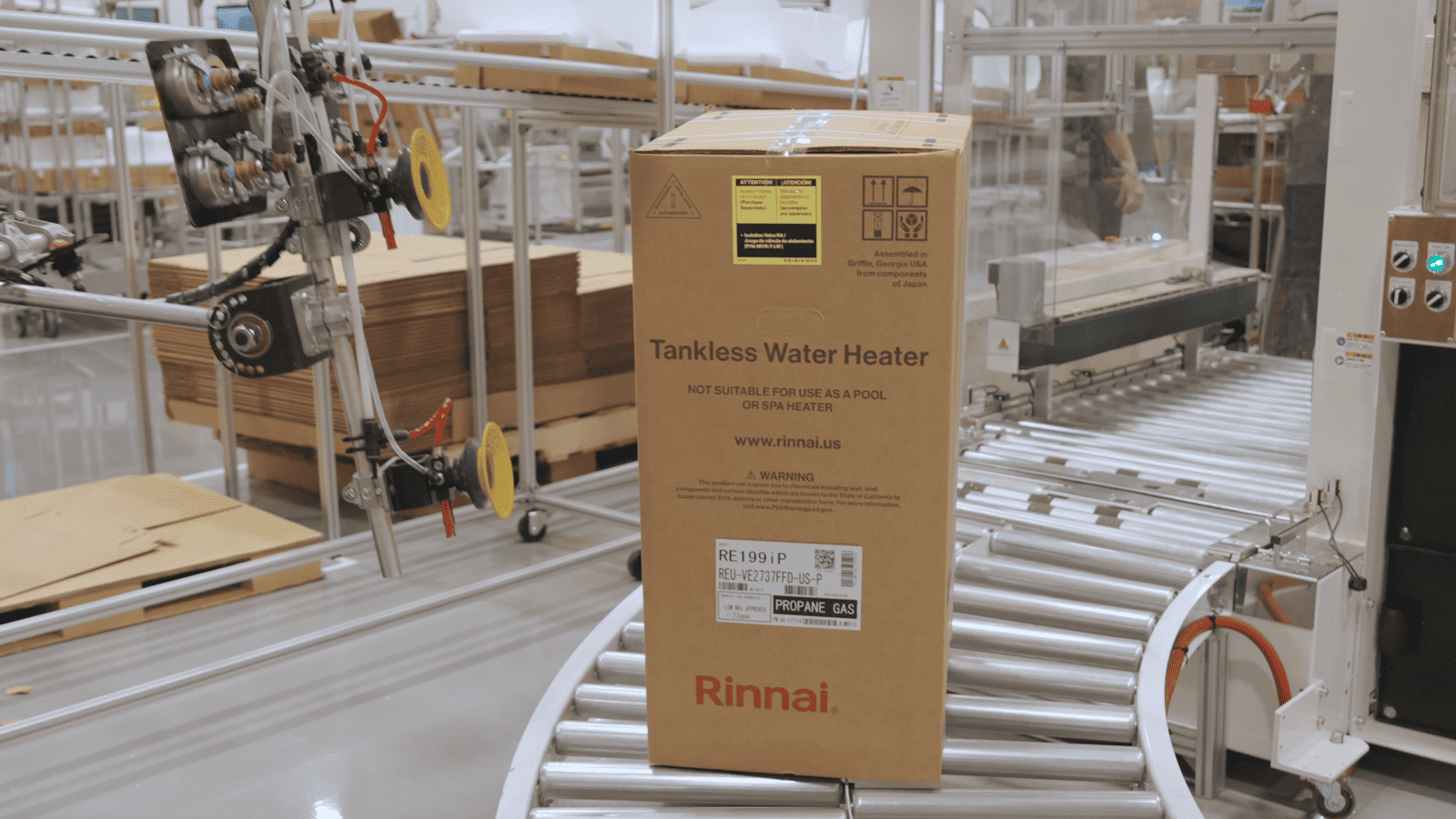Rinnai Fights for Efficient Water Heaters

For nearly 50 years, Rinnai America Corporation has been selling innovative products in the United States. But as the Department of Energy prepares to unveil new rules in April, the water heater manufacturer is bracing for a big—and unnecessary—setback to its operations.
The background: There are a lot of water heater options on the market, and consumers must make a few key choices.
- First, they can choose between electric and gas heaters.
- Second, if they choose a gas heater, they can select one with a tank or one without.
- Finally, even tankless gas heaters come in two forms: condensing or noncondensing. Condensing heaters are used generally in colder environments, while noncondensing units are better for warmer climates.
The rule: The Department of Energy has proposed regulations on gas water heaters that would go into effect in 2029.
- However, the proposed efficiency requirements for tankless gas water heaters are so strict that noncondensing tankless units would not qualify—removing a cost-effective option from the market, and one that is in fact comparatively efficient.
- “The DOE is not taking into consideration what is best for the consumer, best for the industry and best for the environment overall,” said Frank Windsor, president of Rinnai America Corporation. “This is a shortsighted decision that doesn’t take into account the ramifications.”
The consumer impact: The DOE’s rule would restrict consumer choice severely by creating a de facto ban on noncondensing tankless heaters.
- “Consumers are getting hurt,” said Windsor. “Around 20% of consumers want tankless options”—including noncondensing tankless heaters.
The industry effect: Rinnai invested $70 million in 2022 in a new Georgia facility that makes noncondensing tankless gas heaters.
- “We built this new facility to make tankless water heaters that give consumers significant energy efficiency at a low price—and now the DOE is saying that, by 2029, you can’t make noncondensing units anymore,” said Windsor.
- “We’ve got close to 200 people working for us in Griffin, Georgia, so it impacts a lot of people.”
The innovation loss: According to Windsor, the rule is also counterproductive because it forces companies like Rinnai to reallocate funds that otherwise could go toward product innovation.
- “We’re going to have to spend money to retool that plant, and then we’ll get taxed on the capital for the plant that we can’t use anymore—and that’s all money that we would’ve spent on product innovation,” said Windsor.
The last word: “Why would you eliminate the availability of a cost-effective, efficient product and force the consumer to buy a more expensive option?” asked Windsor.
Learn more about the high costs of regulations, and the extreme burden on small manufacturers, in this recent NAM study. And check out Manufacturers for Sensible Regulations, a coalition created by the NAM and members of the NAM’s Council of Manufacturing Associations and Conference of State Manufacturers Associations, which is intended to address the regulatory onslaught coming from federal agencies in recent years.
